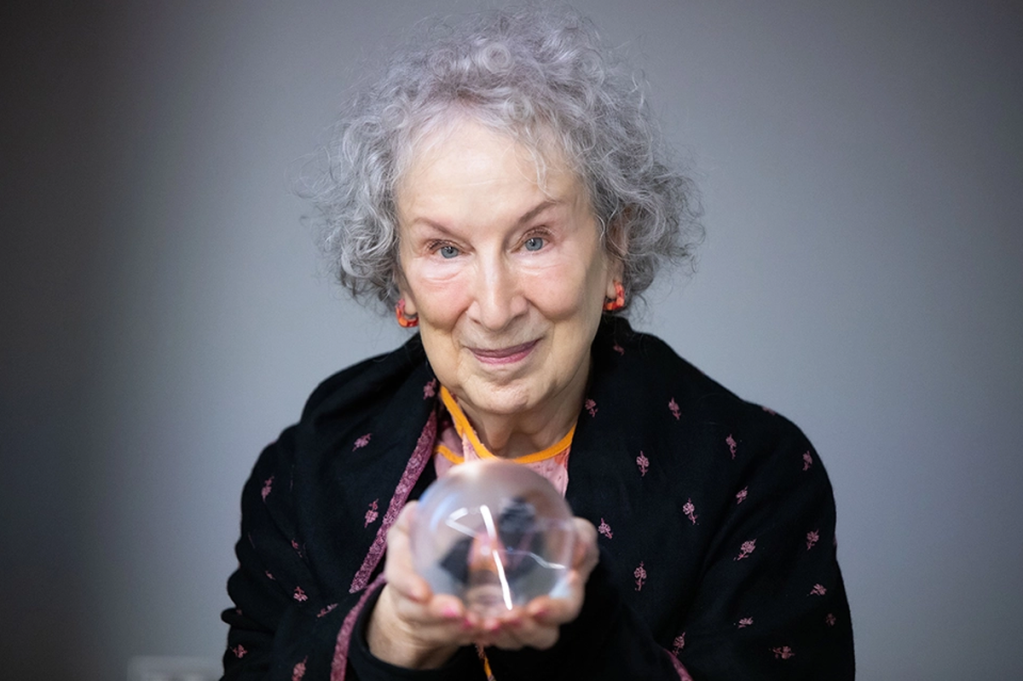Margaret Atwood has often resisted auto-biographical interpretations of her work, but it is impossible to read her short story collection Old Babes in the Wood without acknowledging the death in 2019 of her long-term partner Graeme Gibson. Death permeates every page of the book.
Reaching for a comforting layer of fiction, Atwood revives two characters who have appeared previously in her work as stand-ins for herself and her partner: Nell and Tig. The collection’s first third contains stories of the two together, while the end is about Nell on her own after Tig’s death.
Between these is an interlude of unrelated tales, which makes Old Babes something of a patchy work. There are experiments, not all of them successful, such as the imagined conversation between the author and George Orwell via a medium. Or the recycled story “Freeforall,” first published just after The Handmaid’s Tale, which reads like an abandoned idea for an alternative to Gilead. Presumably someone thought to include it now because it is a post-pandemic dystopia.
Other stories earn their keep, such as the wonderful “My Evil Mother,” about a suburban single mom purportedly practicing witchcraft. But it is in the return to Nell in the final section that the book really finds its focus. The death of Tig prompts four excellent pieces that reckon with the agony of grief, even as Atwood refrains from melodramatics. “One must eat. One must keep busy. One must distract oneself,” the widowed Nell observes.
A highlight is “A Dusty Lunch,” about the life of Tig’s father, a Canadian war hero, whose poetry passes into Nell’s possession along with the family china. She obsesses over the poems, and other fragments of paper, now left contextless by the loss of their author. These final stories seem overwhelmed by notes, random possessions, unfinished tasks and the rest of life’s detritus. The narrator sees them as messages from the dead, but finds no satisfactory answer to the question of what to do with them.
Is this why Atwood appears to be getting her own papers in order, both with this book and last year’s essay collection? Is she clearing her desk? It’s a maudlin thought about a writer who is still so sparky and brilliant in the sudden ways she tips you into despair or delight. Whatever she’s up to, I’ll take more if it’s going.
This article was originally published in The Spectator’s UK magazine. Subscribe to the World edition here.

























